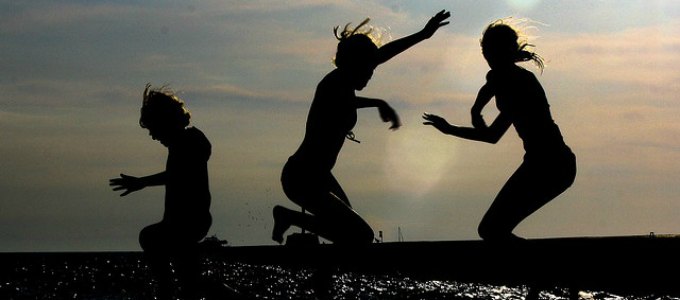Have you ever seen an office that’s more circus than cubicle? Last summer, a friend of mine was working in an event-planning office that felt like summer camp. It featured s’mores snack stations, picnic-style lunch tables in the cafeteria, treehouses, a zip line and a conference room with swings instead of chairs.
Aren’t you jealous? I was. But I questioned how much work the staff could possibly get done when the environment is like a summer camp. The answer: a lot.
Surely we all can conclude that an office environment that we enjoy increases levels of employee engagement, but it goes even farther. According to research from the University of Konstanz in Germany, subjective employee age — how old people feel — can be fostered by playful office designs, which then lead to greater productivity.
I read in a Fast Company article, where I learned about the study, that “the workers who feel younger than their true age reach more personal job goals, which in turn predicts a higher level of overall company accomplishment.”
On average, workers felt 4.4 years younger than their true ages, especially for those between 30 and 49, who felt 5 years younger. Even more so, this was found in workers older than 50, who felt more than 8 years younger. On the flip side, employees under 25 felt about one year older.
The research shows that as the collective subjective age of a company dropped, goal accomplishment and company performance rose.
“In other words,” the Fast Company article states, “employees who felt younger than they really were got more done during the workday, and the business as a whole benefitted.”
The researchers wrote that their “results imply that companies should perhaps worry less about the chronological aging of their employees, but rather undertake measures that stimulate their workforce to feel younger than their chronological age.”
And with that, I propose that I be allowed to transform my cubicle into a blanket fort.















